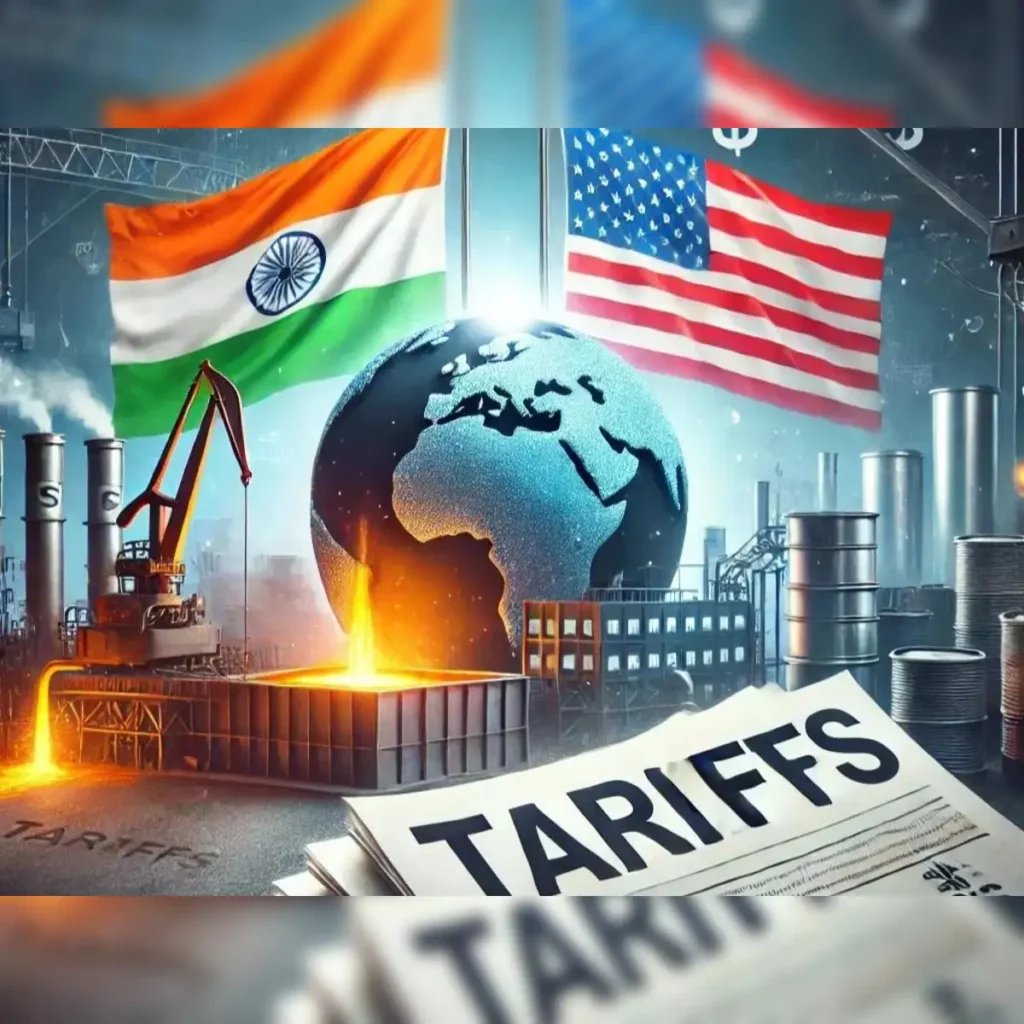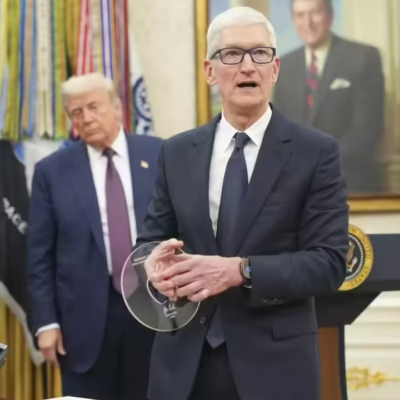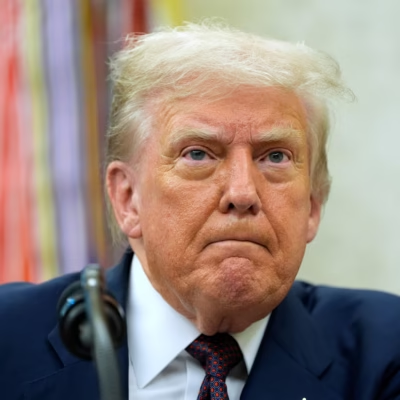In a stunning and controversial move, former U.S. President Donald Trump announced that he would double tariffs on Indian goods to 50%, citing India’s continued oil imports from Russia. This decision, made during Trump’s latest public rally, has triggered immediate concern among international trade experts, Indian policymakers, and global investors.
The move not only signals a shift in U.S.-India trade dynamics but also adds new complications to an already tense geopolitical climate.
Let’s break down what this tariff hike means for both countries, why it happened, and what it could lead to in the near future.
Why Trump Doubled India’s Tariffs
Trump doubles India’s tariffs as a direct response to what he calls “India’s disregard for Western sanctions” on Russia. India, which has maintained a neutral stance in the Russia-Ukraine conflict, continues to purchase discounted crude oil from Russia—a move the U.S. views as undermining its global sanctions regime.
According to Trump, this oil trade is funding Russia’s war effort. During his announcement, he said:
“If India wants to fund Putin’s war by buying his oil, then they’ll have to pay the price. America comes first, and we won’t let countries cheat our sanctions.”
This marks a strong deviation from the Biden administration’s more diplomatic approach, where India was not openly punished for balancing its energy needs and foreign relations.
India’s Russian Oil Imports: A Closer Look
India has been buying Russian oil at discounted rates since early 2022, after the invasion of Ukraine began. Here’s why:
- Cost-effective energy: Russia offers crude oil at a significant discount.
- Growing energy demand: India is the world’s third-largest oil consumer.
- Strategic independence: India has always aimed to keep its foreign policy non-aligned.
India defends its decision, citing national interest and energy security. Moreover, India’s oil imports from Russia have surged to over 30% of its total crude imports, compared to under 2% before 2022.
This shift allowed India to manage inflation and stabilize fuel prices domestically—but clearly, it hasn’t sat well with Trump.
What Does the 50% Tariff Mean?
Trump’s decision to double India’s tariffs to 50% would apply to a wide range of Indian exports, including:
- Textiles
- Pharmaceuticals
- Steel and aluminum
- IT services
- Auto parts
The U.S. is one of India’s largest trading partners, and Indian exports to the U.S. stood at $118.5 billion in 2024. With tariffs doubling, Indian exporters may lose price competitiveness, making their goods costlier for U.S. buyers.
Possible Immediate Impacts:
- Drop in Indian exports to the U.S.
- Higher prices for American consumers
- Increased tension in U.S.-India relations
- Potential retaliatory tariffs from India
Global Reactions to the Tariff Decision

Trump’s move has received mixed reactions.
Supporters
Trump supporters and some conservative U.S. commentators applaud the move, saying it puts “America First” and pressures other nations to follow the U.S. lead on sanctions.
Critics
Many global economists and diplomats are concerned. They argue that punishing India could:
- Weaken global alliances
- Push India closer to Russia and China
- Destabilize supply chains
- Increase costs in global markets
European Union officials also voiced concerns, warning that escalating trade wars in the current geopolitical climate could hurt global economic recovery.
India’s Response: Strategic Calm or Pushback?
So far, the Indian government has responded with measured diplomacy.
An official statement from India’s Ministry of External Affairs read:
“India has always acted in its national interest while respecting international frameworks. We continue to engage in dialogue with all partners, including the United States.”
However, behind the scenes, Indian trade experts are urging the government to consider retaliatory tariffs if negotiations fail. If that happens, we could see a tit-for-tat trade war similar to the U.S.-China clash of the previous decade.
U.S.-India Relations: A Fragile Balancing Act
U.S.-India relations have seen considerable ups and downs. While both countries view each other as strategic allies—especially to counter China—the Russia factor is proving to be a divisive issue.
Key Points in Their Relationship:
- Defense cooperation: India buys U.S. fighter jets and arms.
- Trade partnerships: Strong tech and pharmaceutical trade.
- Shared democratic values: Common ground on global governance.
- Geopolitical partners: Both are members of the Quad alliance (alongside Japan and Australia).
But Trump doubling India’s tariffs could put this relationship to the test.
How This Affects Indian Businesses
Indian exporters are now scrambling to assess the cost impact. For many SMEs (Small and Medium Enterprises), a 50% tariff means losing their U.S. customer base.
Industries Hit the Hardest:
- Textile and apparel: Already battling high competition from Vietnam and Bangladesh.
- Generic drug manufacturers: India supplies 40% of generic drugs in the U.S.
- IT Services: Potential restrictions on tech contracts and staffing.
- Automobile components: Impact on Indian parts used in U.S. vehicles.
Experts warn that if this continues, Indian firms may:
- Reduce exports to the U.S.
- Shift focus to the Middle East, Europe, and Southeast Asia.
- Pass costs onto U.S. consumers, raising prices.
Economic Implications for the U.S.
While Trump’s move may seem like it only affects India, American companies and consumers are also likely to feel the heat.
- Retailers may see price hikes on clothing and consumer goods.
- Pharma companies may face higher costs for sourcing generic drugs.
- Automakers could experience disruptions in their supply chains.
Higher prices could fuel inflation in the U.S. and reduce consumer spending, especially in lower-income households.
What Happens Next?
With U.S. elections around the corner and Trump leading in GOP polls, this could be just the beginning of a tougher foreign policy stance if he returns to power.
Meanwhile, India must:
- Evaluate the long-term benefits of Russian oil.
- Decide whether to yield or push back against American pressure.
- Explore alternative markets to reduce U.S. dependency.
Possible Scenarios:
| Scenario | Description |
|---|---|
| Diplomatic talks succeed | India and U.S. reach a compromise, tariffs reduced or reversed. |
| India retaliates | Tariffs on U.S. goods like Harley-Davidson bikes, almonds, and whiskey. |
| India shifts alliances | Warmer ties with Russia, China, or Middle Eastern powers. |
| U.S. companies lobby | American businesses push back against tariffs due to rising costs. |
Conclusion: A Turning Point in U.S.-India Trade?
The news that Trump doubles India’s tariffs to 50% as punishment for importing Russian oil marks a dramatic moment in global trade relations.
While Trump frames it as a patriotic move, experts warn of unintended consequences that could harm both countries economically. As India balances energy needs with diplomatic ties, the world will watch closely how this tariff standoff unfolds.
Do Follow USA Glory On Instagram
Read Next – How Texas Redistricting Battle Impacts Other U.S. States






